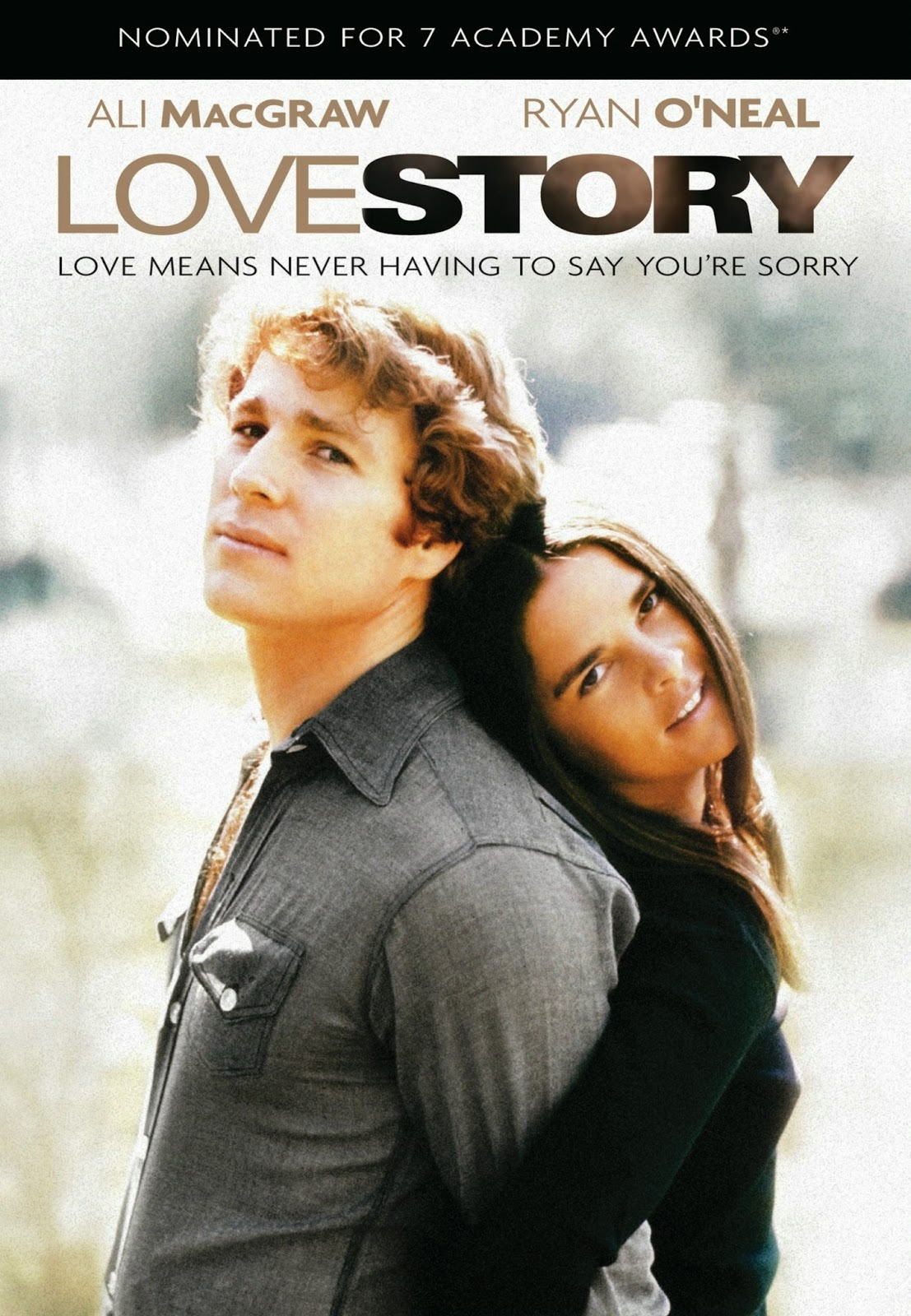Jewish proxy Oliver Barrett IV holds her crucifix in his fingers. Her crucifix gleams against her bare chest.
The Day Western Culture Lost Its Virginity Subtitle: How Love Story (1970)
quietly redefined sex, faith, and moral authority through symbolism
It’s subtle. Most missed it. But it’s there.
In Love Story (1970), Jenny Cavilleri, a Catholic girl, lies naked in bed with Oliver Barrett IV, the heir to a wealthy East Coast Protestant family.
One quiet image — a crucifix against bare skin — speaks louder than any monologue. It’s not just an intimate moment. It’s a cultural ritual.
by George Steppin
(henrymakow.com)
Most people think Love Story is just a weepy romantic classic. It isn’t.
Beneath the violins and snowfall lies something deeper — a soft-power ceremony disguised as romance. That one image meant something.
This wasn’t just a love scene. It was the symbolic submission of Catholic virtue to a new cultural force — one that would rewrite morality through cinema, not scripture.
What you’re about to read is not film critique. It’s a decoding.
.png)
from Chapter 5
That quiet scene — a Catholic girl wearing a crucifix, lying naked next to a Protestant man — was more than a love scene. It was a carefully crafted image, transmitting a message to millions without needing to say it aloud. The message? That traditional values — sexual modesty, religious symbolism, and moral restraint — would no longer be stewarded by churches or parents, but by studios, scripts, and screens. That the authority to define love, sin, and virtue had changed hands.
Behind the Curtain
Who shaped this myth?
Erich Segal (writer) — Jewish
Arthur Hiller (director) — Jewish
Paramount executives — Jewish
The novel itself? A strategic marketing product
This isn’t about ethnicity. It’s about narrative control. Stories shape morals. And once you own the narrative, you own the culture.

2025: The Legacy of a Scene
Fifty years later: Casual sex is expected
Religion is mocked
Catholic girls demand bedroom performance, not wedding vows
The conquest wasn’t fought with violence. It was won with cameras, scripts, and scores.
We were seduced — and told it was love.
Reclaiming Symbolism, Rebuilding Discernment
This isn’t a call to censorship. It’s a call to discernment.
We must learn to read cultural symbolism the way our ancestors read parables. Because if we don’t, we’ll keep confusing aesthetic conquest with emotional catharsis.
Love Story was not just the story of a girl who died — it was the story of a virtue seduced, a culture re-scripted, and an audience too entranced by the violins to notice.
The war for virtue was lost not with a bang, but with a love scene.
And we’ll wonder why our stories no longer uplift — they just extract.
—
George Steppen is an independent writer exploring the intersection of narrative, morality, and cultural inversion.
He can be followed on X: https://x.com/SteppenGeorge
–
Click this link for the original source of this article.
Author:
This content is courtesy of, and owned and copyrighted by, https://www.henrymakow.com and its author. This content is made available by use of the public RSS feed offered by the host site and is used for educational purposes only. If you are the author or represent the host site and would like this content removed now and in the future, please contact USSANews.com using the email address in the Contact page found in the website menu.





